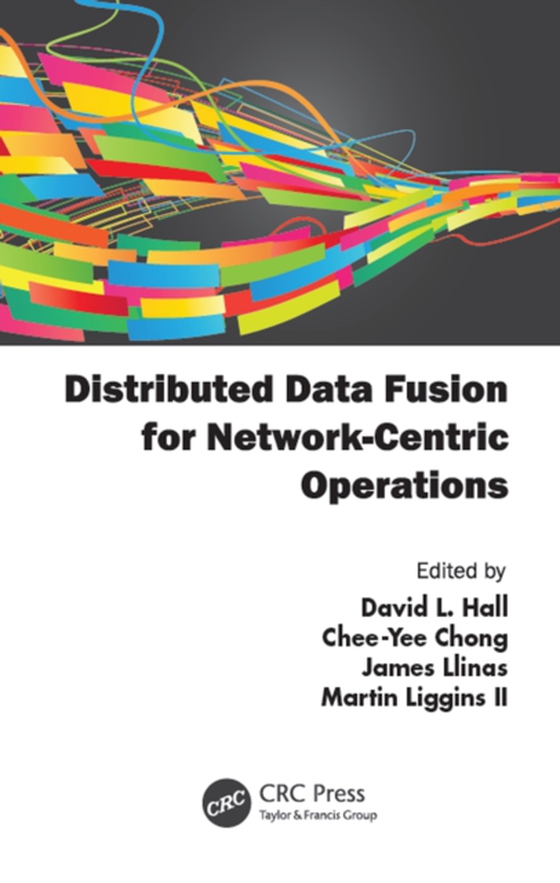
Distributed Data Fusion for Network-Centric Operations e-bog
692,63 DKK
(inkl. moms 865,79 DKK)
With the recent proliferation of service-oriented architectures (SOA), cloud computing technologies, and distributed-interconnected systems, distributed fusion is taking on a larger role in a variety of applications-from environmental monitoring and crisis management to intelligent buildings and defense. Drawing on the work of leading experts around the world, Distributed Data Fusion for Networ...
E-bog
692,63 DKK
Forlag
CRC Press
Udgivet
19 december 2017
Længde
498 sider
Genrer
TBM
Sprog
English
Format
pdf
Beskyttelse
LCP
ISBN
9781439860335
With the recent proliferation of service-oriented architectures (SOA), cloud computing technologies, and distributed-interconnected systems, distributed fusion is taking on a larger role in a variety of applications-from environmental monitoring and crisis management to intelligent buildings and defense. Drawing on the work of leading experts around the world, Distributed Data Fusion for Network-Centric Operations examines the state of the art of data fusion in a distributed sensing, communications, and computing environment.Get Insight into Designing and Implementing Data Fusion in a Distributed NetworkAddressing the entirety of information fusion, the contributors cover everything from signal and image processing, through estimation, to situation awareness. In particular, the work offers a timely look at the issues and solutions involving fusion within a distributed network enterprise. These include critical design problems, such as how to maintain a pedigree of agents or nodes that receive information, provide their contribution to the dataset, and pass to other network components. The book also tackles dynamic data sharing within a network-centric enterprise, distributed fusion effects on state estimation, graph-theoretic methods to optimize fusion performance, human engineering factors, and computer ontologies for higher levels of situation assessment.A comprehensive introduction to this emerging field and its challenges, the book explores how data fusion can be used within grid, distributed, and cloud computing architectures. Bringing together both theoretical and applied research perspectives, this is a valuable reference for fusion researchers and practitioners. It offers guidance and insight for those working on the complex issues of designing and implementing distributed, decentralized information fusion.
 Dansk
Dansk

